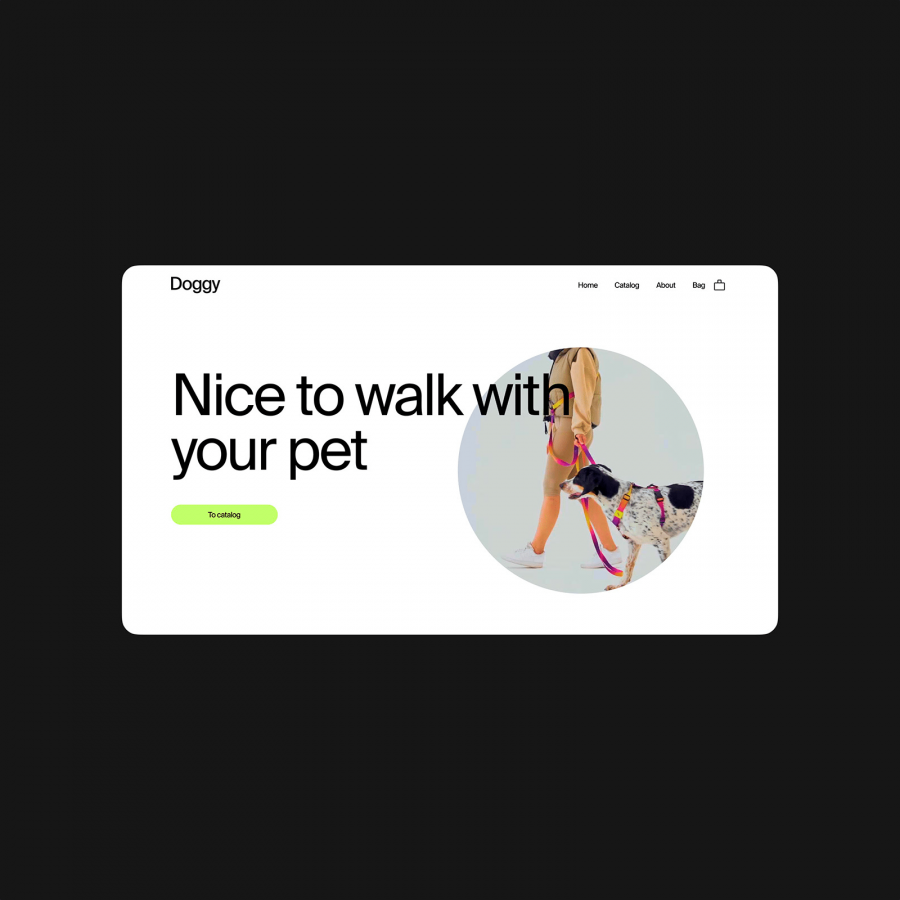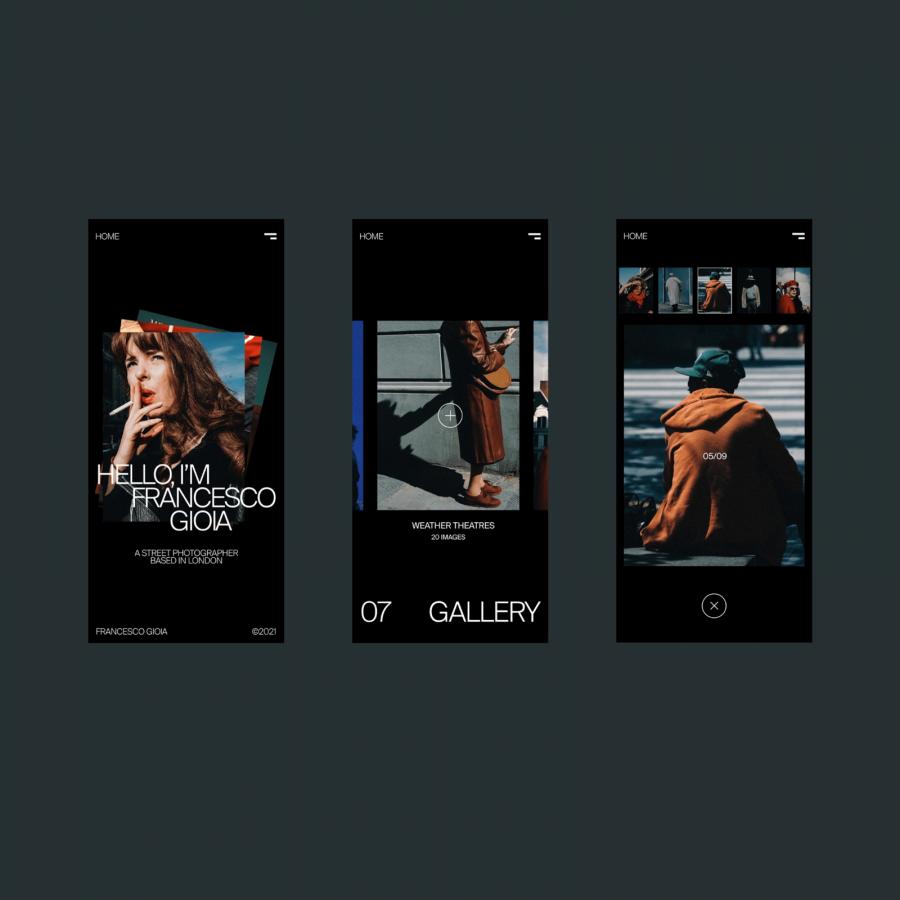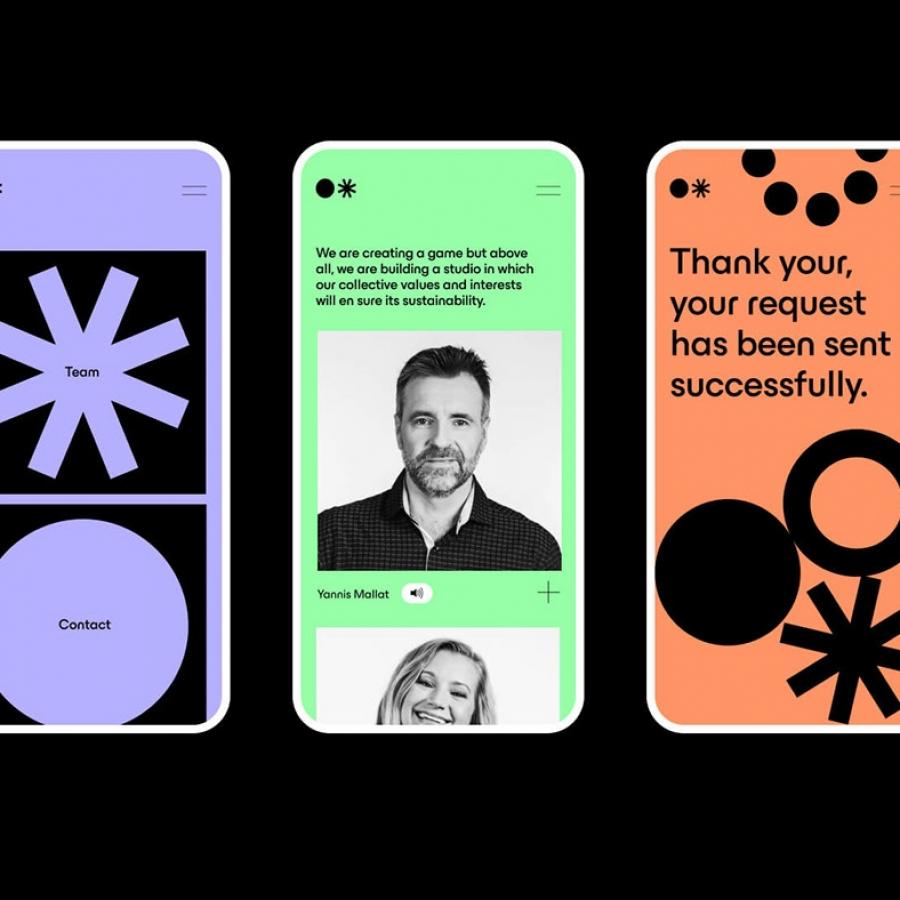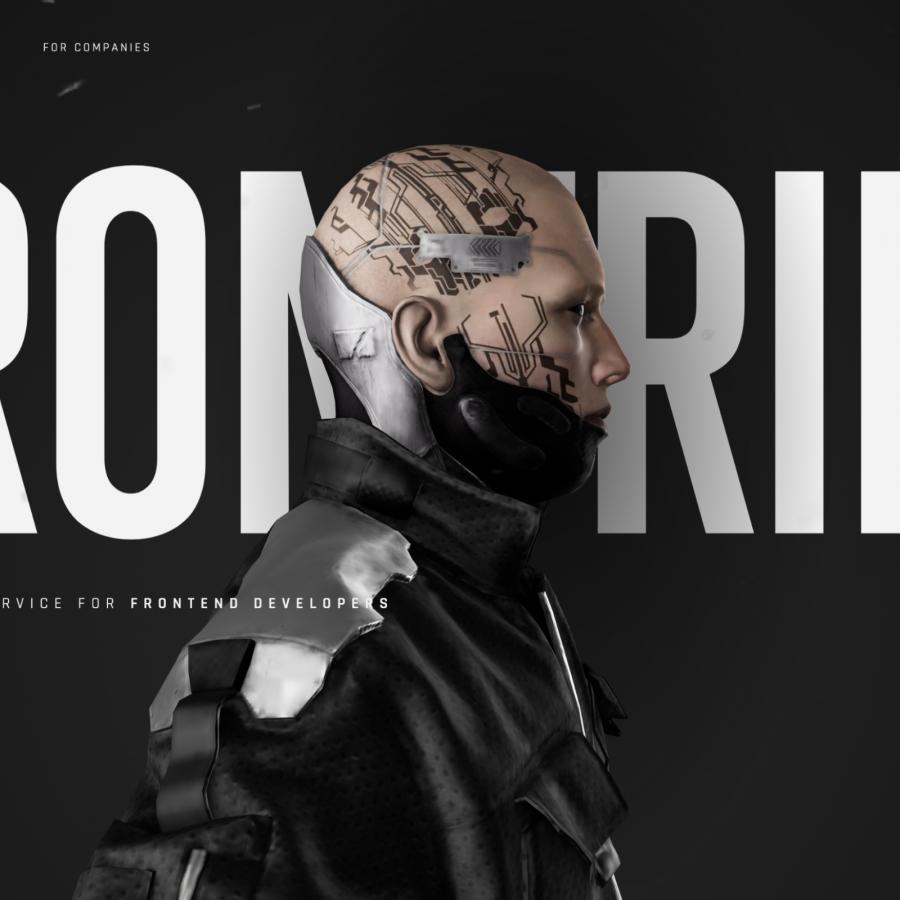When it comes to creating user experiences, it's easy to focus on functionality and usability. But there's another important factor that can make or break an interface: emotion. Emotion plays a crucial role in user experience (UX) because it influences how people feel about and interact with a product. That's the focus of this post, designing for delight.
The concept of designing for delight is rooted in the idea that emotional engagement is essential to creating a positive user experience. Simply put, delight is the feeling of pleasure or happiness that a user experiences when interacting with a product. Designing for delight means intentionally creating moments that evoke positive emotions and make users feel good about using a product.
Why is designing for delight important?
Delightful experiences can have a significant impact on user behavior. When users enjoy using a product, they're more likely to return to it and recommend it to others. Positive emotions can also increase engagement and motivate users to complete tasks. On the other hand, negative emotions can lead to frustration, confusion, and even abandonment of a product.
Designing for delight can also differentiate a product from its competitors. In a crowded marketplace, products that evoke positive emotions and stand out from the crowd are more likely to capture users' attention and loyalty.
I have zero context how or why this lovely, delicate animation was approved by leadership. But I'm 98% certain it wasn't pitched with business impact jargon.
Instead someone probably advocated hard for delight — or simply showed leadership what sheer delight feels like. pic.twitter.com/QKybwTtQ8J
— Cameron Moll (@cameronmoll) March 27, 2023
How can designers create delightful experiences?
There are many ways designers can create delightful experiences, but it all starts with understanding the user. By conducting user research, designers can gain insights into users' needs, desires, and pain points. This information can be used to create solutions that not only solve problems but also evoke positive emotions.
One way to create delightful experiences is to use micro-interactions. Micro-interactions are small, contained moments that occur within a product, such as a notification or animation. By designing micro-interactions that are playful, informative, or surprising, designers can create moments of delight that enhance the overall user experience.
Facebook react feature
Another way to create delightful experiences is to use visual design. Color, typography, motion and imagery can all be used to evoke emotions and create a sense of delight. For example, a bold, bright color scheme might be used to create a playful, energetic vibe, while a more muted color palette might evoke a sense of calm and tranquility.
Google Assistant loading listening animation
The Aesthetic-Usability Effect — Users are more tolerant of minor usability issues when they find an interface visually appealing. This aesthetic-usability effect can mask UI problems and can prevent issue discovery during usability testing. Identify instances of the aesthetic-usability effect in your user research by watching what your users do, as well as listening to what they say. — Nielsen Norman Group
In conclusion, designing for delight is a critical component of creating successful user experiences. By understanding the role of emotion in UX and intentionally creating moments of delight, designers can create products that not only solve problems but also leave users feeling happy and satisfied.





